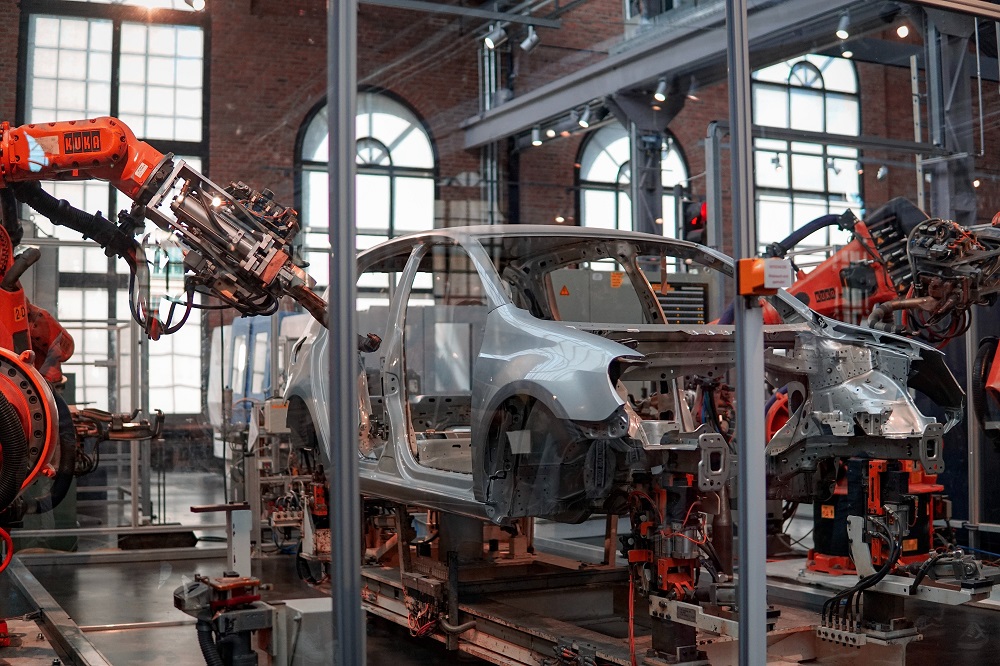This article was updated on November 2, 2021.
The COVID-19 pandemic has changed a lot in the development of all industries including the automotive sphere. In fact, the automotive industry has a significant impact on the world’s economy as it provides jobs to about 14 million people in the EU, 8 million in the US, and 5 million in China, is a ‘bridge’ between suppliers and manufacturers as well as manufacturers and customers. Let’s see how the industry is recovering from tough times in 2021 and what trends are leading this year.
COVID-19 Challenges Automotive Industry is Facing in 2021

As 2020 was the year of pandemic restrictions, most factories were shut down, the supply chain was disrupted, and companies suffered extensive losses. For example, the UK automotive factories’ gain reduced by 29% for just a year. For sure, the British economy has been significantly affected by Brexit, so these figures are the result of two challenges: Brexit itself and the pandemic. But the British automotive industry is not near the single in the whole world hit by COVID-19.
“The Western European automobile market will need about 10 years to reach the size of 2019 again.” – says Prof. Ferdinand Dudenhoeffer Director of Germany’s Center for Automotive Research.
At the same time, while the whole world is suffering huge losses due to shutdowns, the Chinese automotive industry has been fruitfully developing after a couple of months of deadtime at the beginning of 2020. According to multiple sources, China’s going to be the leader in the automotive industry for the upcoming years. It produces 48.9 vehicles every minute while Toyota manufactures only 20 per 1 minute.
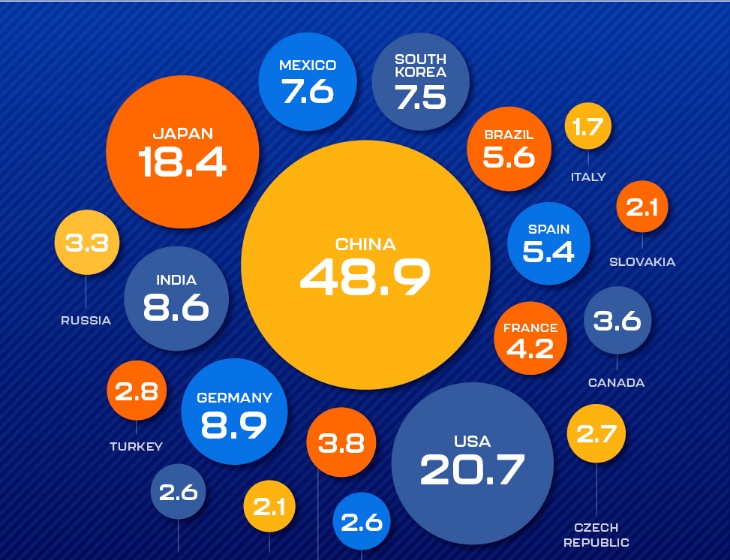
The infographics show how many vehicles each country produces every minute. As we can see, China is way ahead.
Besides, according to the China Association of Automobile Manufacturers, their sales of energy vehicles (EV) are expected to increase in 400,000 vehicles by 2021 as compared to 2020.
Therefore, the main challenge in 2021 as a result of the pandemic is to restore production and sales and compete for world leadership.
This also creates resource challenges in the automotive industry, because the number of projects is growing day by day while the number of qualified employees remains the same. Project management in the automotive industry becomes more and more complex year after year.
Post-Coronavirus Auto Industry: Saving Country Economy and Jobs

SMMT Harbor Safe Scheme
The Society of Motor Manufacturers and Traders (SMMT) has prepared an initiative called Safe Harbor to support automotive suppliers affected by the COVID-19 pandemic in the UK. Its goal is to unite all the parties involved to discuss the pandemic challenges and find a way to improve the situation and save jobs. The voluntary program involves the following steps to be taken by a supplier:

The initiative is supported by partners Jaguar, Nissan, McLaren, and the UK Automotive Council. The list of independent third parties includes Deloitte, PWC, and KPMG among others. It’s available for any automotive company operating in the UK.
Many of last year’s trends haven’t been developed and implemented. As we highlighted in our 2020 Automotive Industry Report, 2021 seems to follow the same trends and is facing the same challenges though in a doubled volume: electrification, shared mobility, autonomous driving, in-vehicle infotainment… So what other trends are there on the horizon?
2021 Urban Mobility Challenges and Trends
E-Mobility
As everyone is concerned about environment pollution due to vehicle CO2 emissions, governments and businesses are working hard to provide better conditions for e-mobility. This refers to e-charging infrastructure: for instance, there are more than 330,000 charging points in China at the moment.
Shared Mobility Isn’t a Trend Anymore?
Shared mobility was about to become one of the leading trends before the coronavirus outbreak, but due to the pandemic, people switched to individual cars to prevent contamination. Though, as stated in Electric Vehicle Outlook 2020, by 2040 “shared mobility represents 16% of all kilometres travelled by road”.
Besides, based on the Global Shared Mobility Market Report 2020, one can predict the recovery of the shared mobility trend after a tough pandemic period.
Micromobility: a Great Option During the Pandemic
Needless to say that shared mobility refers not only to cars. It includes all possible variants of vehicles: bikes, bicycles, and scooters, which are by the way safer during the pandemic. The micromobility sphere has suffered losses in 2019-2020 primarily because of the “stay home” rule, as almost everybody worked from home and only a few needed this service. McKinsey experts expect its full recovery, though in a long-term perspective:
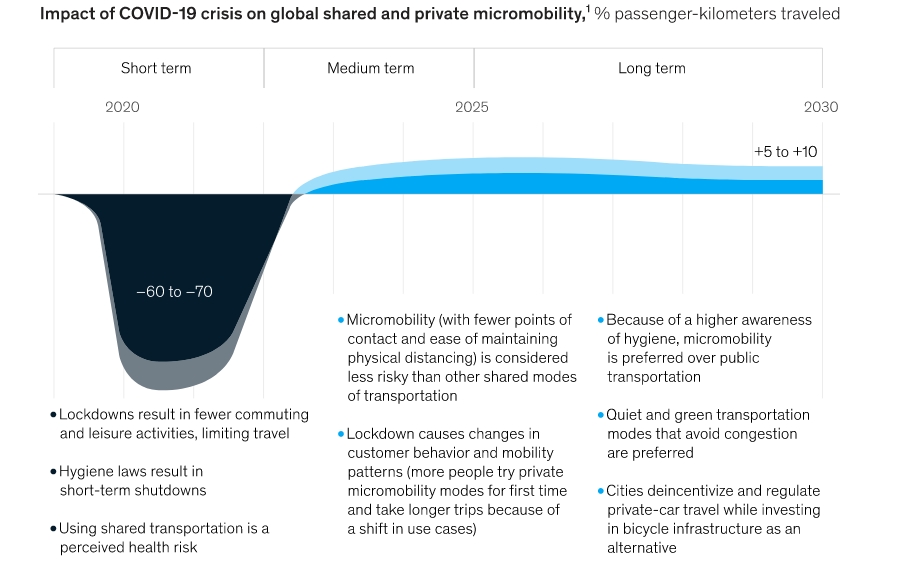
European Green Deal 2021: Emission Reduction Is Still the #1 Challenge and Trend for the Industry
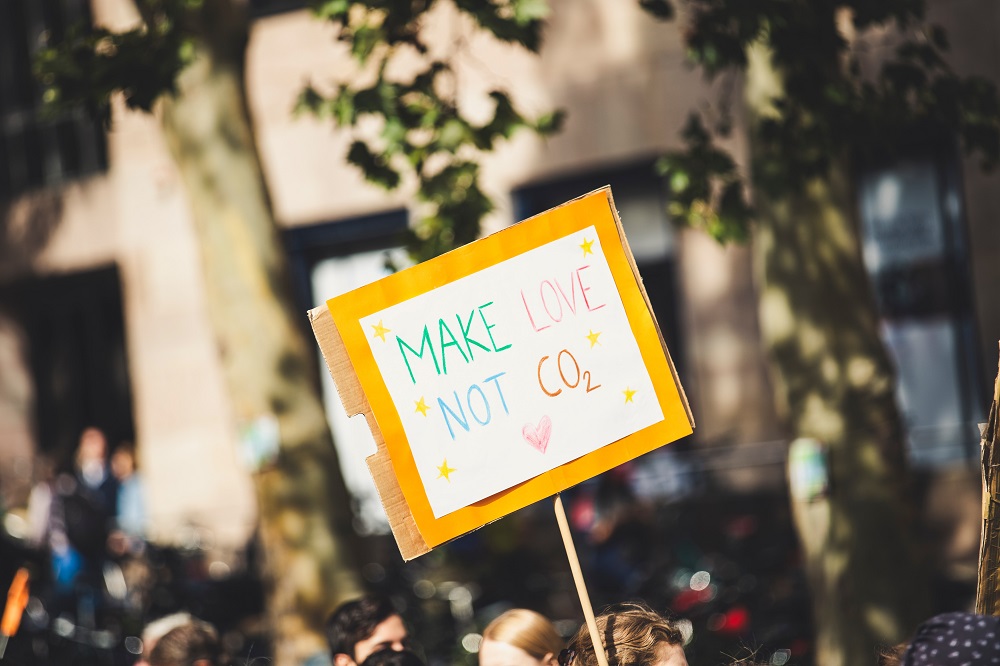
Based on the latest news about the European Green Deal, according to the current carbon emission specifications, “average CO2 emissions from new passenger cars and vans registered in the EU will have to be 37.5 % lower in 2030, compared to the limits in 2021 (95g CO2/km). For new vans, the reduction target would be 31 % by 2030 (compared to 147 g CO2/km in 2021)”. As mentioned in Electric Vehicle Outlook 2020, despite the auto industry being electrified, CO2 emissions will keep rising until 2033.
The Commission has created a roadmap for amending the carbon emission performance standards for 2020-2021. Therefore, probably soon we’ll get some alterations in the carbon footprint regulations. This is aimed at stimulating and speeding up the production and usage of low-emission and zero-emission automobiles.
Carbon Capture Technology Race: Save the Ecology and Get $100M XPrize from Elon Musk

Elon Musk, Co-founder and CEO of Tesla, SpaceX, Neuralink and The Boring Company, motivates engineers to work on the carbon footprint eliminating technologies as the EU regulations regarding CO2 emissions are only getting more and more strict.
In fact, it’s the largest incentive prize in history aiming to address the greatest challenge of humanity – climate change stoppage. To do it, we have to remove 6 gigatons of CO2 every year by 2030, which will help to stop the Earth’s temperature increase, which is growing day by day, and may rise to 6 degrees by 2100.
“We want teams to build real systems that can make a measurable impact at a gigaton level. Whatever it takes. Time is of the essence.” – Elon Musk.
Electrification: Good Old Trend Is Still Relevant in 2021 Thanks to the EU Green Deal
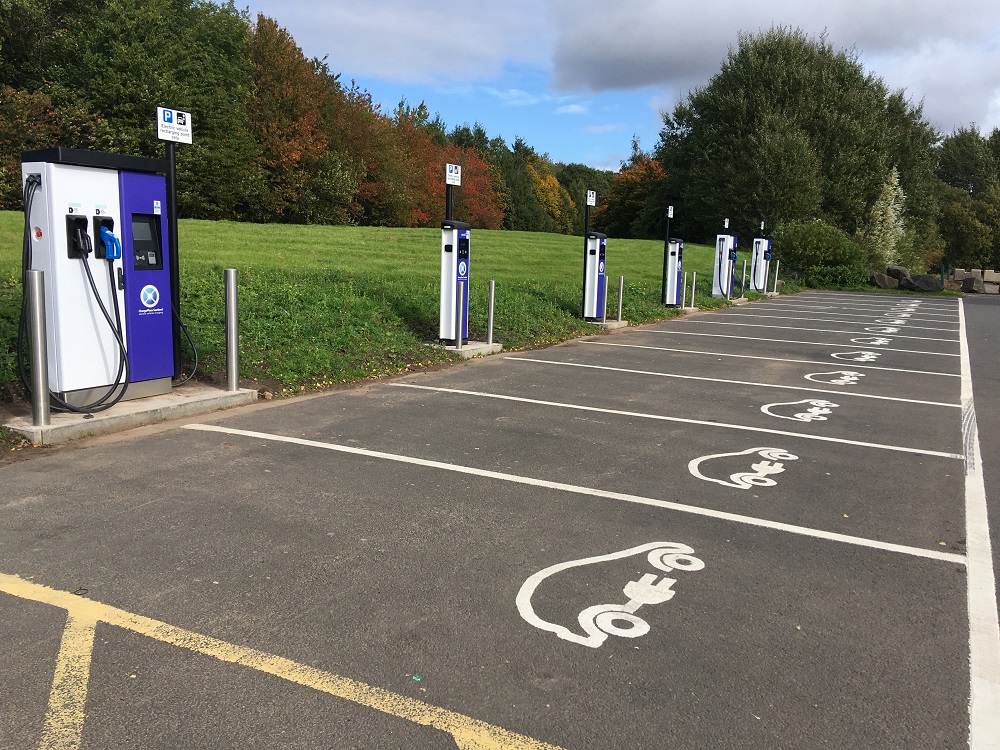
According to the Electric Vehicle Outlook 2020, there will be 500+ different models of electric vehicles developed and launched by 2022 even despite the COVID-19 pandemic restrictions and difficulties.
Ford has announced its plans to sell only eclectic cars on the European market by 2030. Now they’re going to invest about $1 billion to build their first factory in Cologne, Germany. Their first electric vehicle is going to be launched in 2023. During 2015-2026, they have been working to make all their European passenger vehicles zero-emission, all-electric or plug-in hybrid, switching to all-electric by 2030.
“The decision to make the production and development site in Cologne the e-mobility centre for Ford in Europe is an important signal to the entire workforce,” said Martin Hennig, chairman of the General Works Council of Ford-Werke GmbH. “It offers a long-term perspective for our employees and at the same time encourages them to help shape this electric future.”
Jaguar Land Rover has also given a notice of their plans to go all-electric. They want to achieve this by 2025 and become totally zero-carbon by 2039. At the moment, they’re working on their first model, which is planned to be launched in 2024.
BorgWarner, a U.S. automotive supplier headquartered in Michigan, is on its way to electrification, too. The company has signed a Business Combination Agreement aimed at accelerating and improving its electrification capabilities.
Internal Combustion Engine – Are Its Days Numbered?
Following the carbon emission elimination regulations, many companies in the world strive to let the combustion engine exist though advance it by using modern technology. Why don’t they want to stop using it? Firstly, because full electrification costs a lot. Secondly, the demand is still low, probably because of the poorly developed charging infrastructure and high prices for such vehicles.
Thus, Mazda has been researching the opportunities for creating biofuel by using algae. They aim to develop a low-emission technology by combining the internal combustion engine and electrification capabilities. The company is researching the possibility of applying renewable fuel – made of algae. According to the research as part of its “Sustainable Zoom-Zoom 2030” program, it will release as much CO2 as algae have absorbed when growing. Besides, their cultivation doesn’t harm the environment and can be grown in the ground unsuitable for agriculture. They plan to reduce carbon emissions to 90% in 30 years.
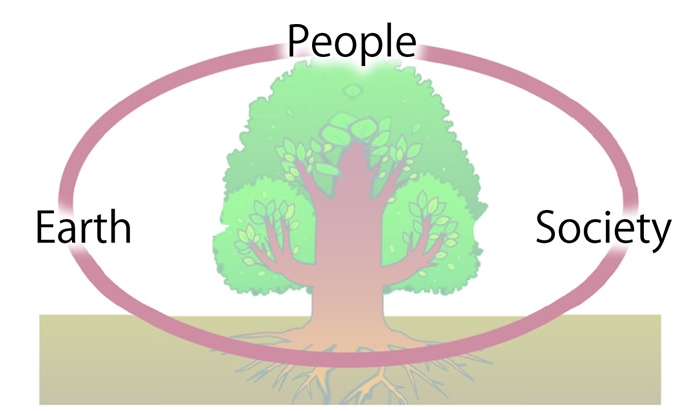
As stated above, Mazda is not the only company striving to ‘save’ the combustion engine. There are attempts to utilize entry ignition technology to save the combustion engine. In theory, the technology is expected to be efficient, though it’s unproven yet. Some additional research should be done before implementing it. One variant is homogeneous charge compression ignition (HCCI) and the second one is pre-mix charge compression ignition (PCCI). Mazda is the first company that has already developed the HCCI engine in its premium-grade MAzda3 and CX-30 models. The SkyActiv-X engine is based on petrol and diesel technologies.
Battery Production: Tesla’s Giga Berlin Commands the EU Market
Despite a number of challenges on the way to the Tesla Gigafactory establishment in Berlin, today this plant is expected to produce 500,000 vehicles per year during the first phase. At the same time, it’s believed that Tesla has underestimated the potential of the new factory and its capabilities and the output is supposed to be about 2 million items manufactured. One more great advantage of Tesla and its Gigafactory is that it controls pricing being the leading battery manufacturer in Europe. Besides, Elon Musk is confident that this plant is going to be the largest battery manufacturing factory in the world.
Reducing Vehicle Weight with Composites
Jaguar Land Rover is working on reducing electric cars’ weight by using composite materials instead of steel and materials alike. This company is going to be the first to produce such vehicles in 2022. Their technology will make cars 77 pounds lighter which will provide an opportunity to apply more powerful batteries for EVs and plug-in hybrids.
Infotainment 2021: Android Operating Systems for Tech Giants

Today more and more concerns prefer third-party operating systems instead of spending time and money to develop their personal infotainment technology. One of the important changes in the infotainment system today is that users want to have built-in services without the necessity of applying USB and their smartphones to get what they need. Indeed, Google is the prime infotainment provider in the contemporary automobile market replacing QNX. Ford has also signed the agreement with Google recently, following the examples of other companies such as Audi, Volvo, and Renault Nissan Mitsubishi Alliance. The company is working to launch its first Android-based vehicles in 2023. Google suggests the in-build system with all its services like Google Maps, Voice Assistant and other services for navigation, communication, and entertainment without being distracted from driving, including Google Cloud services application. Specialists predict Google Automotive to become the leader in just 3-4 years, and still, Apple is the main rival. Here’s a list of the car models where wireless Apple CarPlay and Android Auto are available:
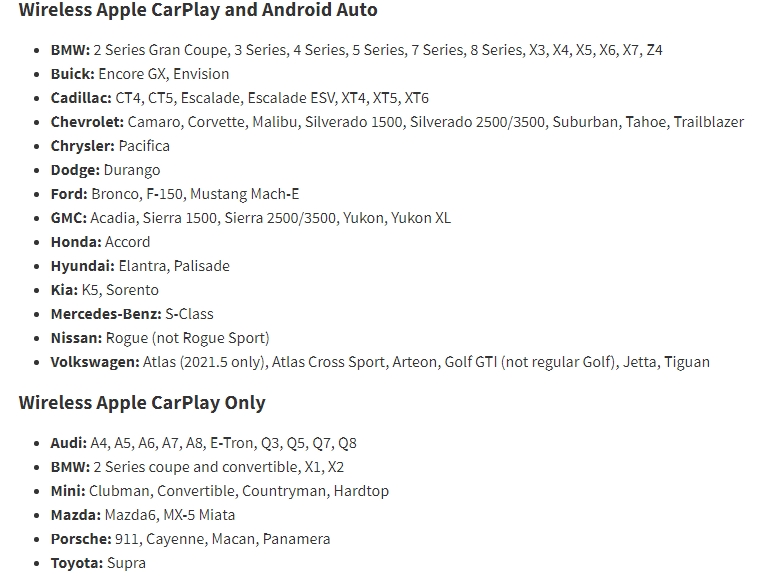
As you can see, despite the pandemic effect on the industry, it still develops at a pretty good pace and overcomes the arising challenges successfully. We’ll keep track of the automotive sphere and see what else this year will bring.
Subscribe to get the latest news in different industries, updates and tips on project management.
